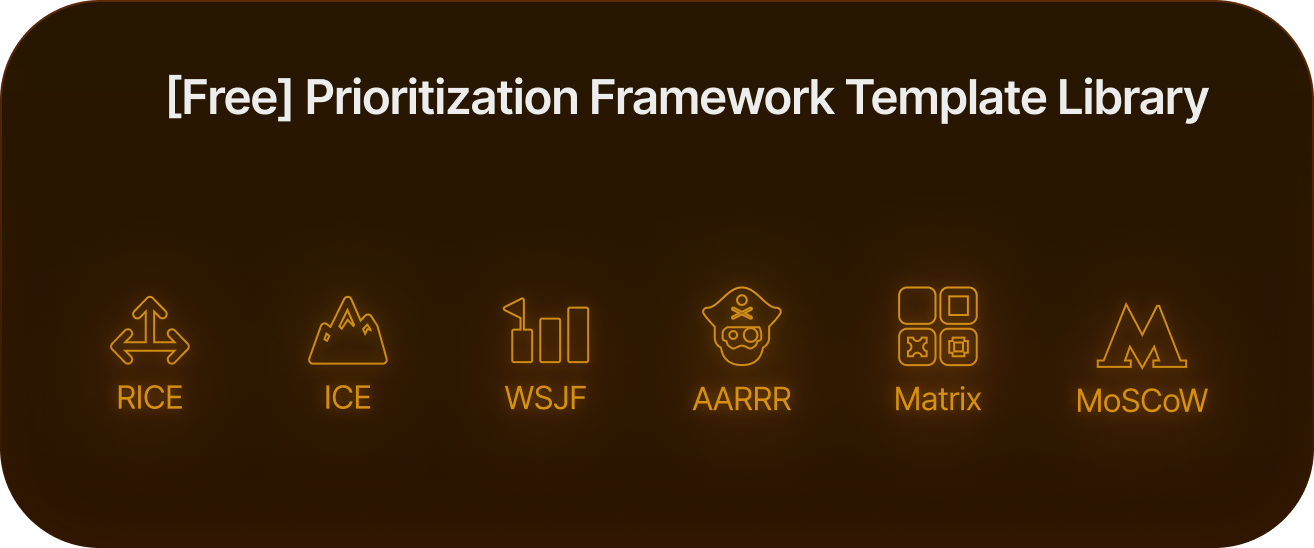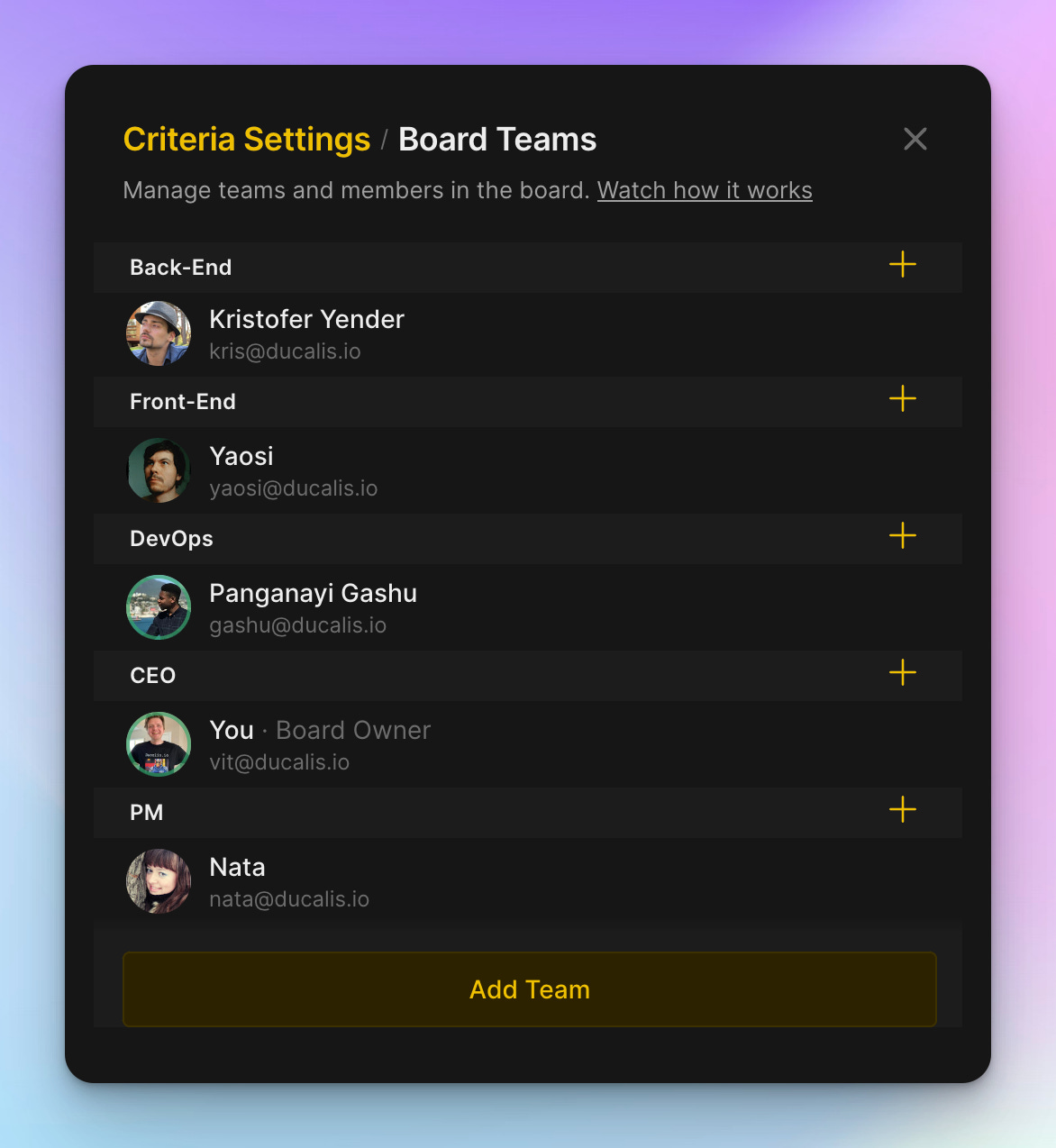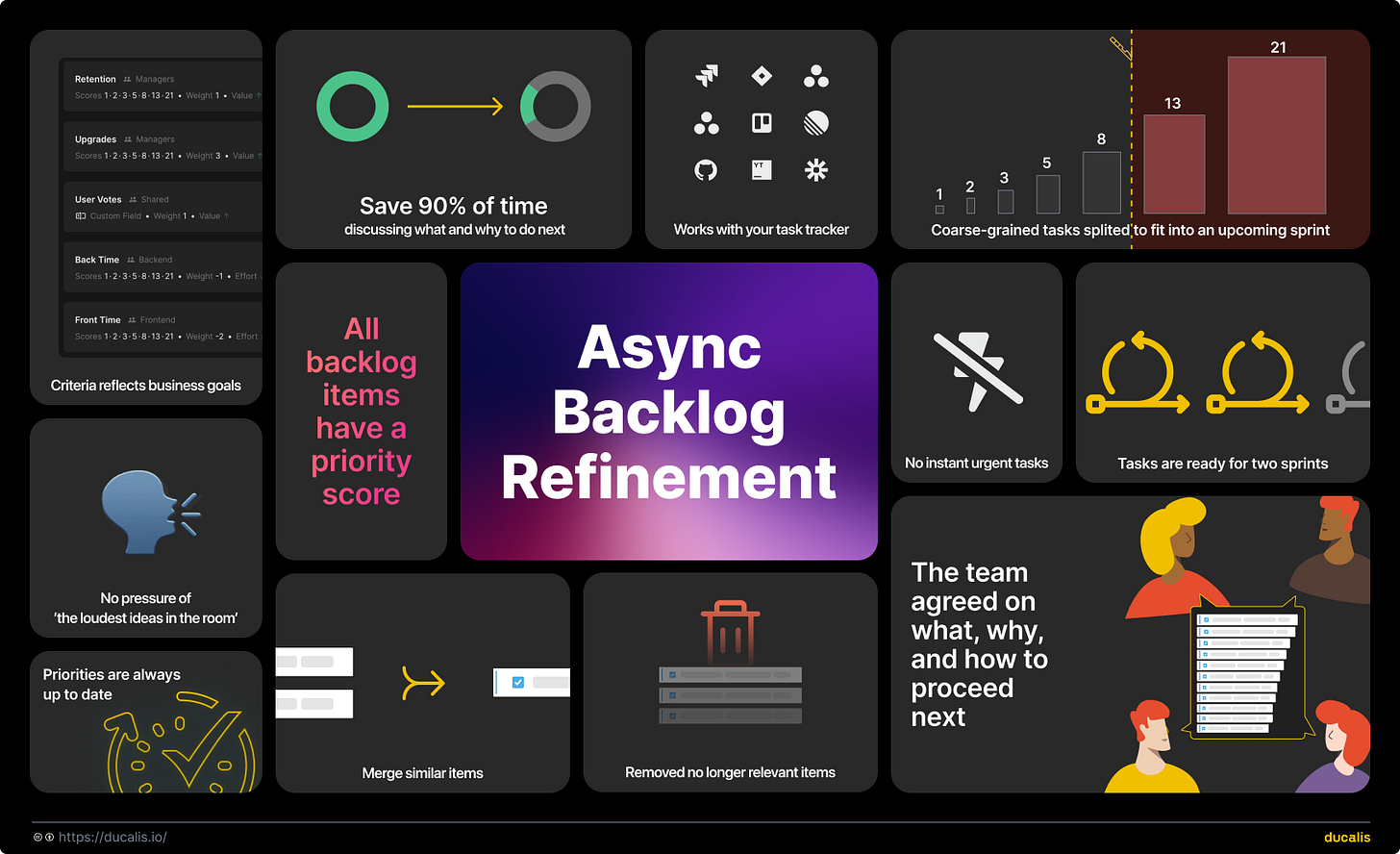7 Habits of Hardly Prioritizing People
Don't believe it if you hear, ‘No need to prioritize.’ We are always prioritizing, but not in an obvious way for our teammates, which can lead to biased or unrepresentative decision-making.
Disclaimer: Don’t Blame Anyone
The article is not meant to witch-hunt or attack teammates and stakeholders. Instead, it's a call to adopt prioritization strategies with empathy for symptoms, create a culture of diverse opinions, and establish a process of collaborative prioritization.
HiPPO — Highest Paid Person’s Opinion
HiPPOs make decisions based on their personal opinions or experiences, even when there is evidence to the contrary. HiPPOs should actively invite disagreement and acknowledge the contributions of others to past successes. Data can depersonalize decision-making and inform decisions, but managerial judgment still plays a role.
To tame the HiPPO:
Seek consensus among others, and prioritize together.
Focus on customer feedback.
External benchmarks
Build a data arsenal.
Transparent final decision
Understand Jobs-To-Be-Done of their idea.
RHiNO — Really High-value, New Opportunity
Rhinos can disrupt carefully planned roadmaps by introducing new customer requests for products that do not currently exist or experimenting with trendy new technologies, justifying it with enormous future profits.
While RHiNOs can be tough to handle, they can also bring in valuable revenue and provide opportunities for new products or features.
Before criticizing that request, consider evaluating the idea alongside other items in your backlog:
Avoid prioritizing irrelevant features solely to close a big deal.
How does it align with your product idea evaluation criteria?
Can your RHiNOs "sell" that feature to other customers?
Estimate the potential demand for that feature by looking at search keyword volume.
Check if any of your competitors are already offering that feature.
Explore whether reshaping the request and merging the idea with others is possible.
Add “Sales enablement” criteria to your prioritization framework.
ZEbRA — Zero Evidence, but Really Arrogant
Despite lacking data to support their claims, ZEbRAs claims to know what's best for the customer. Although they may possess "expertise" and years of experience, they often refuse to listen to the customer's needs and the team's arguments.
The best way to deal with the ZEbRA is to provide data that proves them wrong. Remember that opinions hold no weight without supporting data.
Dealing with arrogant people in person can be difficult, so try using asynchronous separated prioritization with Evaluation Poker. This method ensures that each person's estimations and priorities are kept private during each prioritization session, making it impossible for anyone to influence each other.
SIREN — Screaming In the Room with Enchanting Noise
In Greek mythology, Sirens lured sailors with their enchanting songs and then caused their ships to crash on the rocks. Their songs were known for being beautiful and haunting, much like the loud and attention-grabbing behavior of the loudest person in the room.
The loudest person in the room, or the SIREN, can be challenging to manage during prioritization but more straightforward to handle than HiPPO or ZEbRAS.
Detour SIRENs as much as possible, and async backlog refinement/prioritization is the best way to do that.
WoLF — Works on the Latest Fire
The WoLF prioritization considers two types of issues:
Fires with no technical debt maintenance
Fires with no planning process
Prioritize your technical debt using the Ducalis framework for technical debt and read 5 practical tips. And apply are some essential planning tips to avoid fires:
Avoid immediately acting on. Instead, wait until at least the end of the current week to make a decision.
Avoid taking any task from backlog to development without the team’s prioritization.
Write down every idea, even the most brilliant, in your backlog.
Prioritize ideas with input from team members with diverse roles, including business and development.
Combine a prioritization board across backlogs, including business drivers, bugs, tech debt, and customer requests.
Seagull Management
Seagull managers swoop in, criticize, and dump on their team before flying out. They interact with employees only when there's a problem, and their behavior frustrates and alienates those who need them the most. Senior leadership is often unaware of the negative impact of seagull managers on the bottom line.
To drive out the seagulls from your work environment:
Ask to set clear expectations for the results with the prioritization criteria.
Invite the team’s prioritization process.
Ask them to explain their evaluations and how they make their business decisions.
Apply sprints and plan together the upcoming sprints.
Run a sprint retrospective together.
JIRA-Slinging Ticket Monkey
Reflects the frustrations of product owners who felt they were generating user stories instead of delivering value. Using JIRA does not make you agile.
To prevent your team from just Slinging Jira tickets one by one:
Understand what, why, and how to do their issues.
Know how the priority score has calculated.
Achieve high alignment with your team.
Only plan your next sprint after evaluating 100% of your backlog.
Run backlog refinement from time to time.
The post was inspired by the article “Behold, the Product Management Prioritization Menagerie” by Dean Peters. Recommend reading his ideas on those creatures and following him on Twitter.
Ducalis.io can help you to tame those creatures
Use Any Prioritization Framework
Prioritizing with any framework is much better than without it.
Try our free prioritization framework library. Create an all-set board and sync your backlog from the task tracker. You can establish a basic prioritization process in about 5 minutes.
Explore a free prioritization template library →
If you are unsure which option to choose, consider starting with the RICE prioritization framework.
Customize Prioritization Framework
The best prioritization framework reflects your strategy and your team. Therefore, the more specific the prioritization criteria are, the better your framework will work.
Read our guide on how to customize prioritization criteria →
Prioritize With Your Teammates
Never prioritize alone. Instead, invite your teammates with different roles to help with the process.
Invite teammates and assign them to specific criteria →
Seek Consensus Among Others
Check team alignment and discuss different estimations.
What is Team Alignment, and how to use it →
Keep Customer Feedback Close to Your Backlog
Encourage your users to read more about your roadmap, leave feedback, and match it with your backlog.
Read about Voting boards →
Prioritize Asynchronously
Share the final priority score with your teammates.
Read the best practices for Async Backlog Refinement →
Evaluate the majority of your backlog before planning
Do not move tasks from the backlog into development without the team's prior prioritization.
Check the team's progress and the percentage of evaluated issues.
Use Score Expiration to Have Up to Date
Is that priority still relevant? As a result, priority levels also change frequently. Reset evaluations periodically, allowing each teammate to re-evaluate their priorities at their own pace.
For more information, please refer to the Score Expiration page.
By recognizing and taming various prioritization biases, we can create a culture of diverse opinions, establish a process of collaborative prioritization, and ultimately make better decisions with empathy for symptoms.



















